In North America, with a 110V circuit, polarized outlets and plugs are used as a safety feature. They are used to help ensure the complete circle of electricity in a circuit, keeping the hot-wired pin on the hot-wired side of the outlet and the same for the neutral side and pin. Some machines require polarized plugs for proper functioning.
A commonly asked question is " Why does my 2-prong style plug have different sized metal pins?" (Shown in the image below.) The answer is because it is polarized. Both the polarized and non-polarized 2-prong household plugs will fit into your 3-prong, standard household outlet/receptacle. To learn more about plugs and receptacles read our preview post here.

The hot pin on a polarized plug is the smaller of the two pins and is connected to the black wire on the inside of your plug and cable. The larger of the two pins is connected to the white wire and the grounding pin on a 3-prong plug is connected to the green wire.
A plug with two prongs of the exact same shape and size is considered non-polarized. You cannot tell which prong is the hot side and which is the neutral side, because the metal pins are the same.
When looking at a polarized household plug, shown in detail on our NEMA chart, (NEMA 1-15P), the smaller of the two prongs is a hot wire and the other is neutral. When plugged in, the electricity enters your plug through the hot wire prong and then exits through the neutral prong, to complete the circuit.
You can see, in the image above, that on a polarized plug on one side is a straight blade pin and the other has a more rounded end on the pin. The rounded end of the pin is there so you cannot insert the plug into the connector incorrectly.

The best way to tell if your plug is polarized or not is to look at it. If the 2-prong plug has two equally sized pins, as shown in the image above, then it is not polarized. The 3-prong design has a grounding pin which is designed for extra safety measures in electrical devices like a coffee pot, where they may come across liquids. The grounding pin will trip the breaker if the water gets into the circuit, stopping your equipment from running.
Non-polarized outlets were common in older homes, changing any non-polarized outlets you may have in your home will keep your house current on safety codes. Every outlet should be replaced with a polarized outlet in an up-to-date home sale for safety. Today, outlets are being installed with a 3-prong design, to stay up to date on current electrical safety codes.
Below is an image of an older style polarized outlet type, which many people confuse for a non-polarized outlet. You can see the slot on the right side is slightly larger than that of the left.
For an accurate version of the current OSHA electrical standards please follow the link below. As always if you have any questions, leave them in the comments or email our customer service department for help.
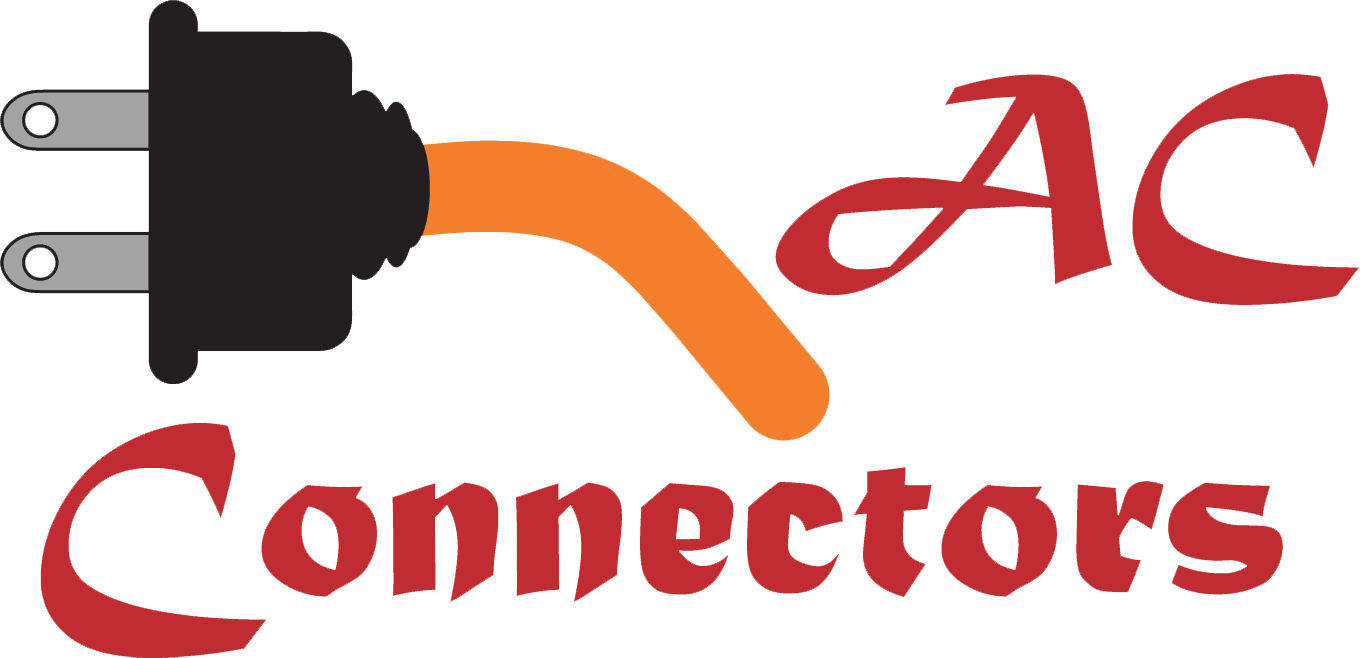




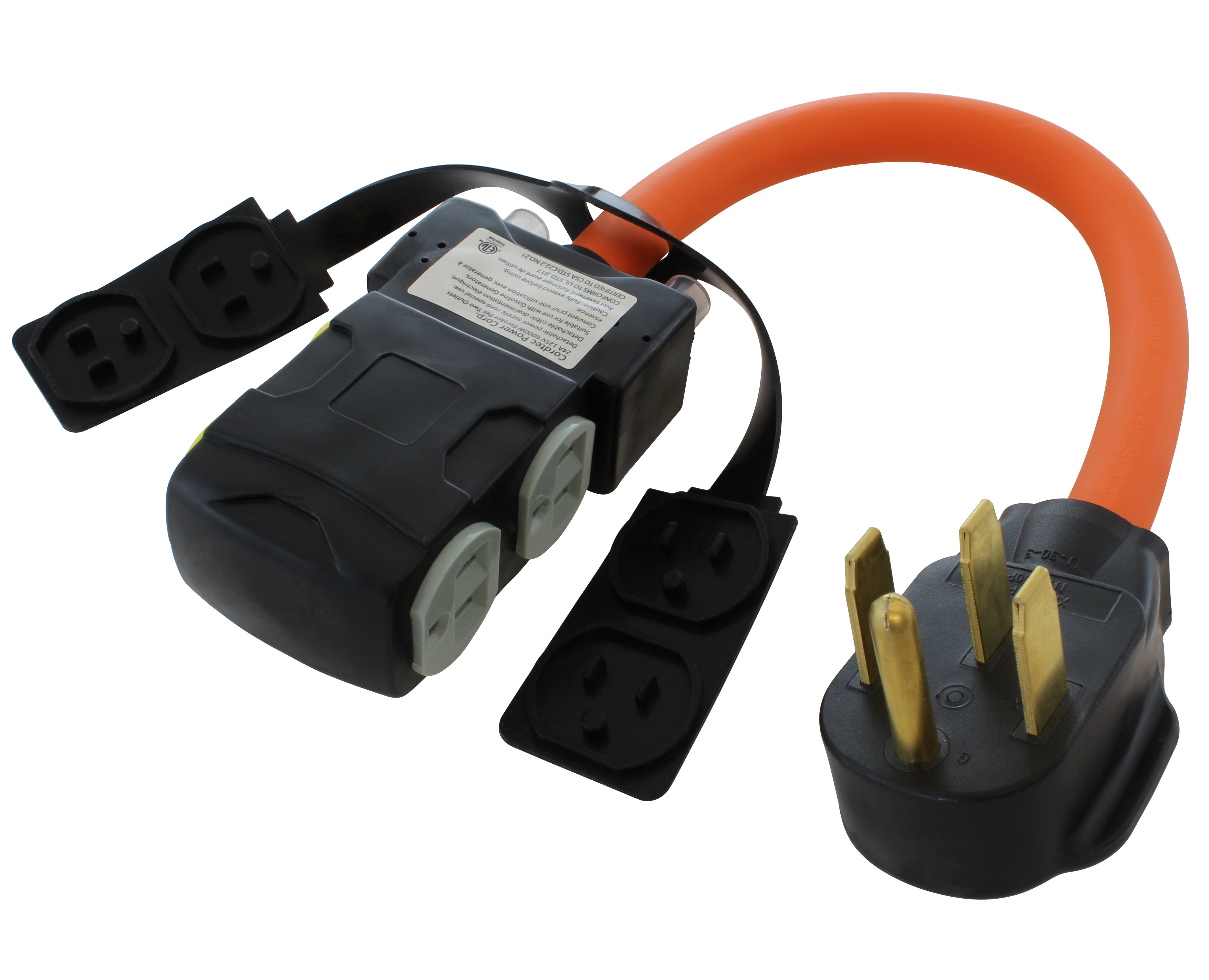
![AC WORKS® [ASINSS2PBX-G] 50A Locking 4-Wire CS6375/ SS2-50 Heavy-Duty Transfer Switch Inlet Box](http://acworks.com/cdn/shop/files/ASINSS2PBX-0_0206b362-7c90-42a5-8754-0685c13dab7e.jpg?v=1758051675&width=2500)
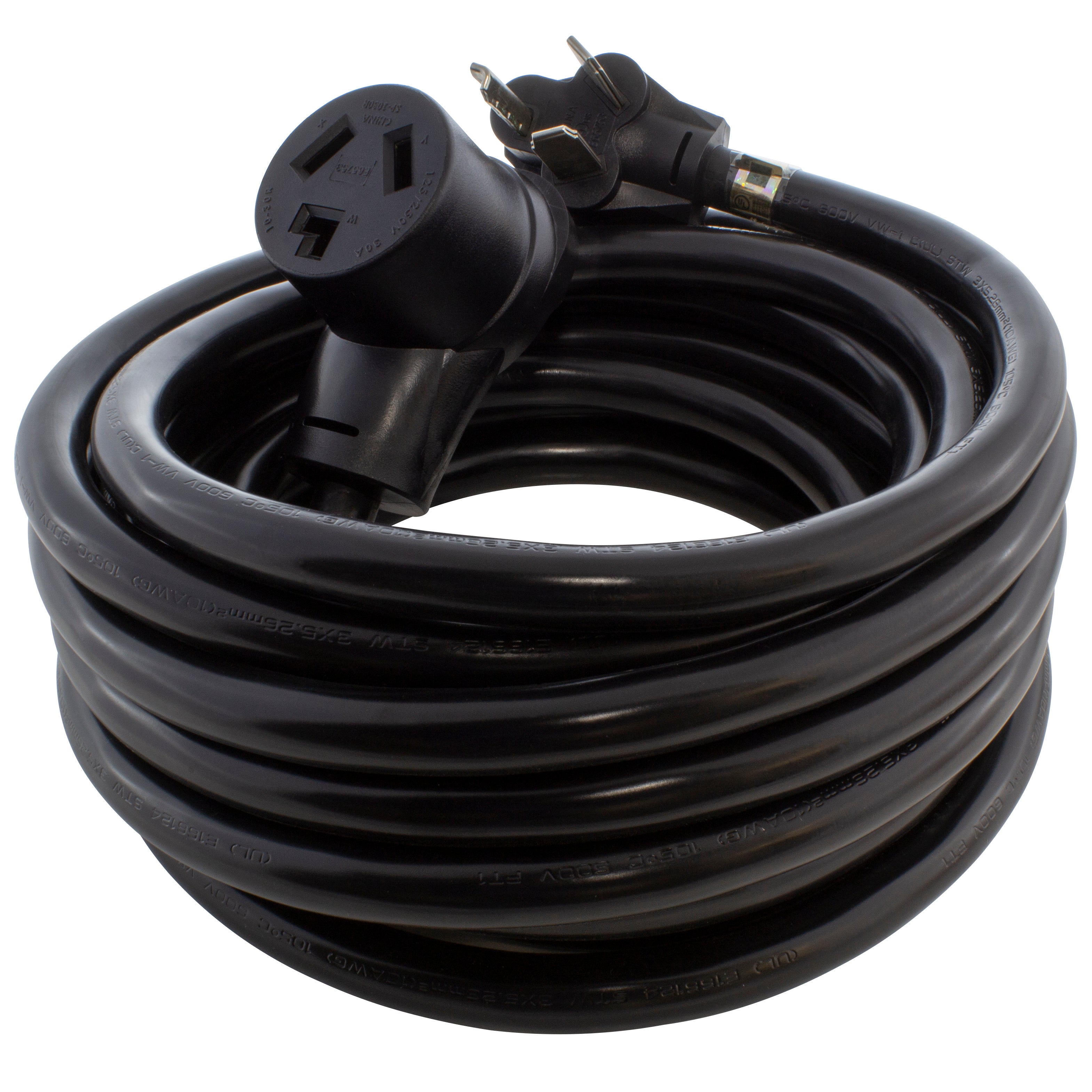
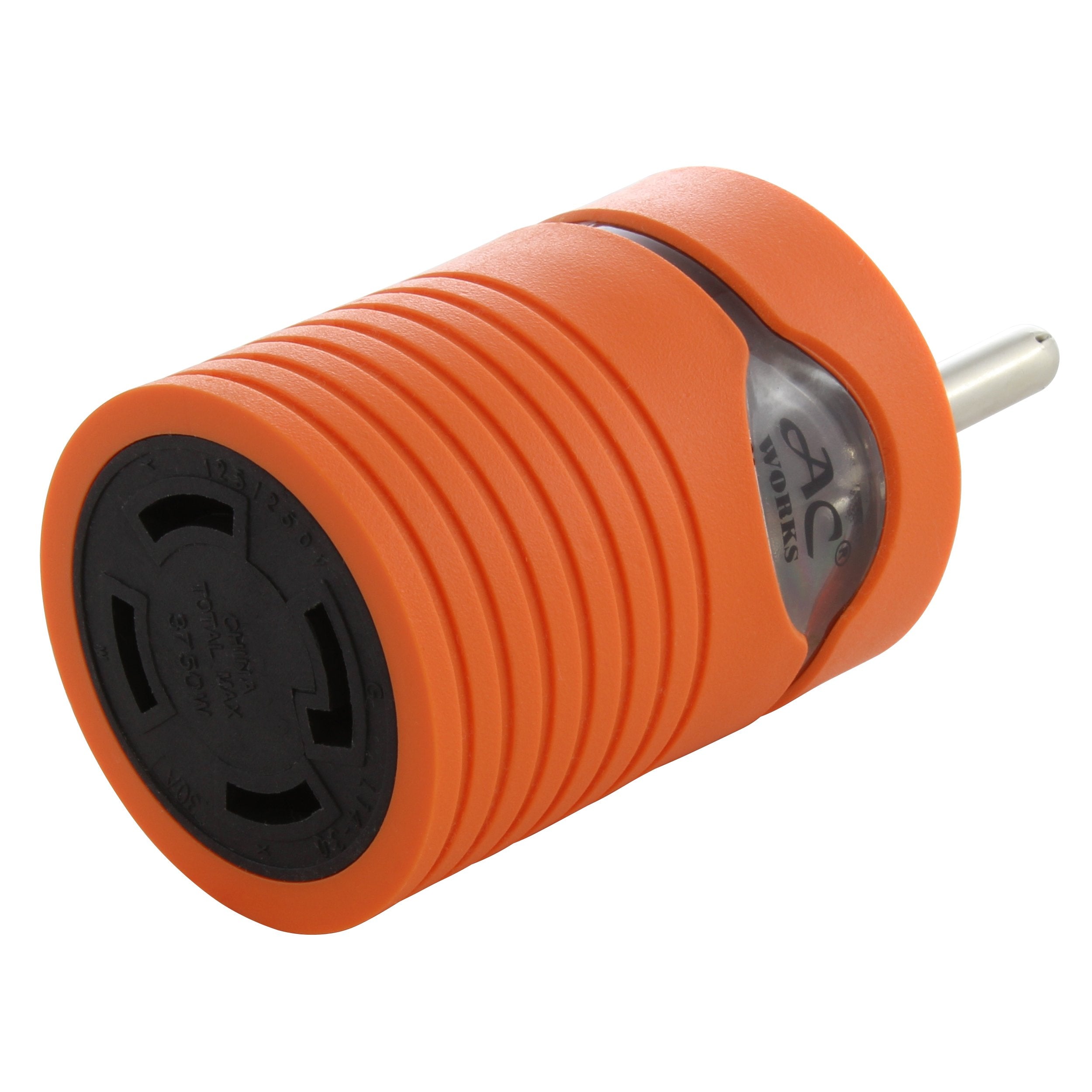
![AC WORKS® [S1430CBF520] 1.5FT 14-30P 4-Prong Dryer Plug to (4) Household Outlets with 24A Breaker](http://acworks.com/cdn/shop/products/S1430CBF520.jpg?v=1666103519&width=4656)

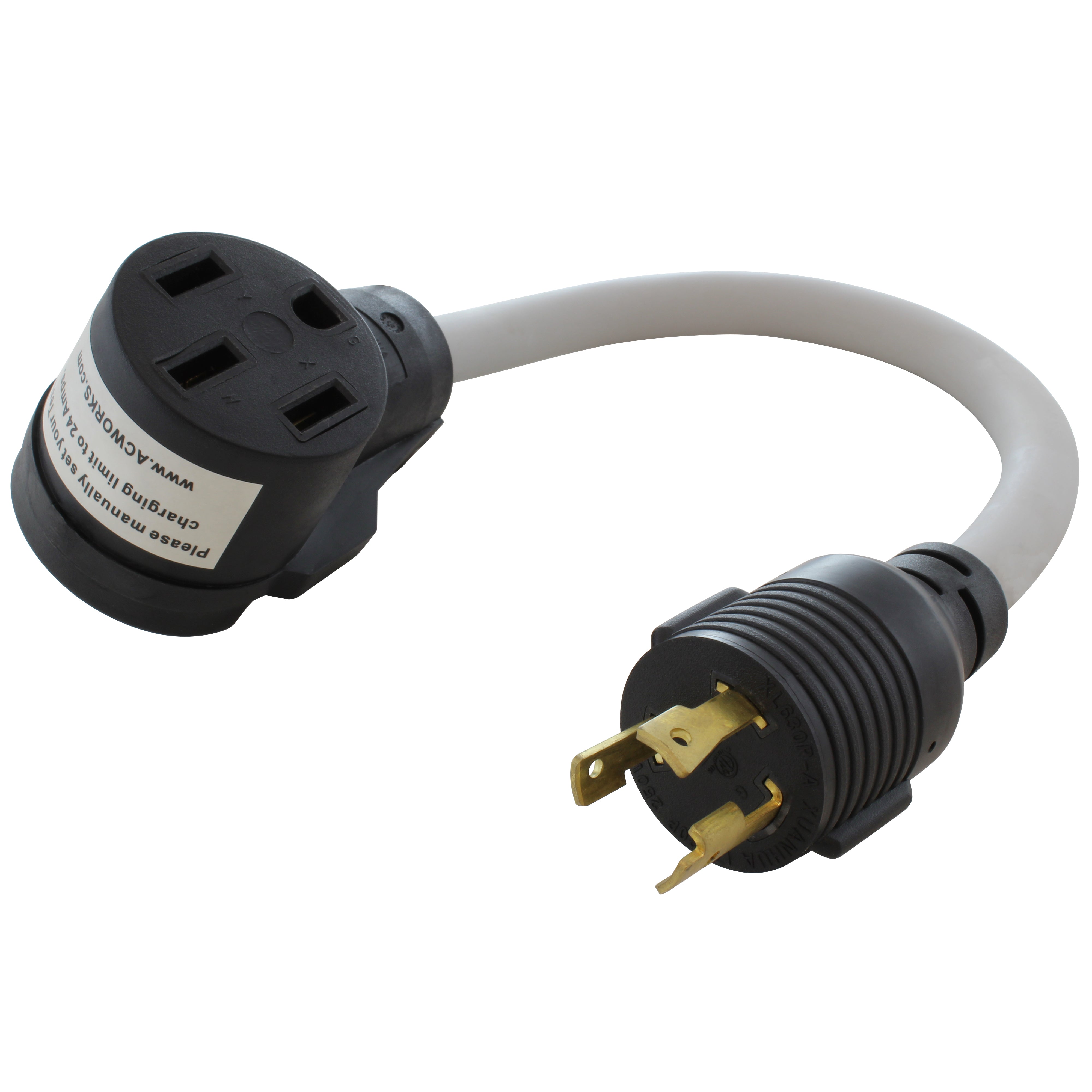
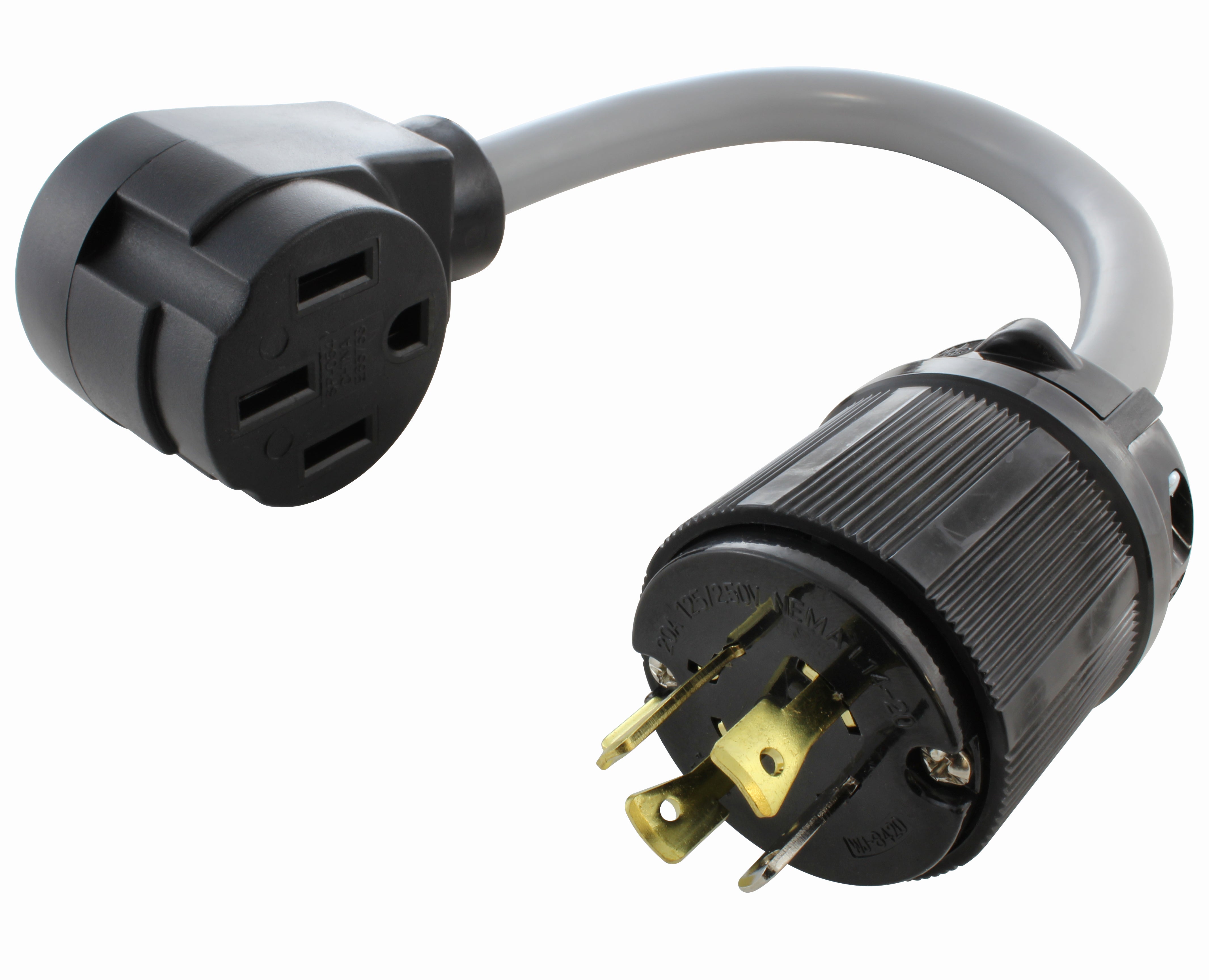
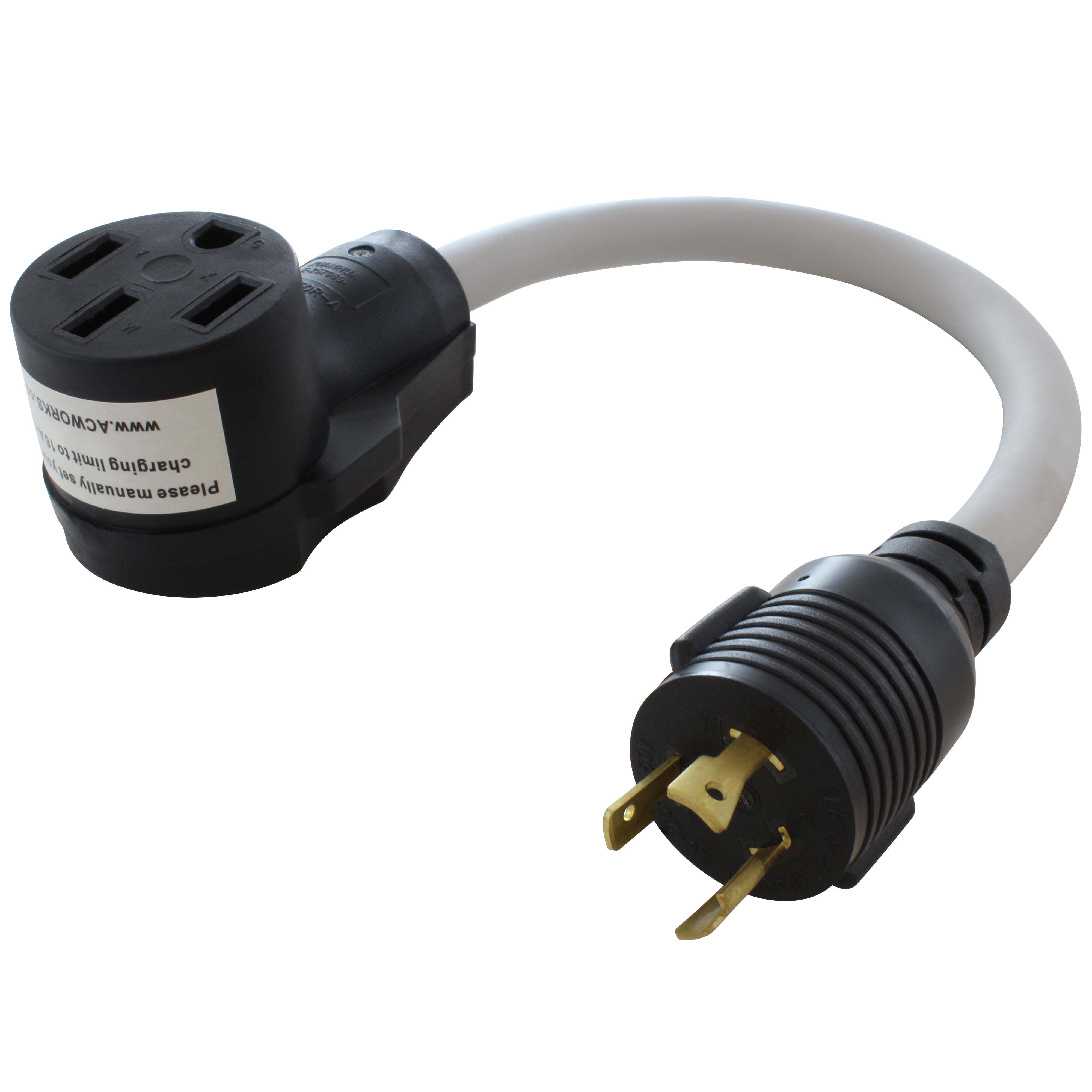


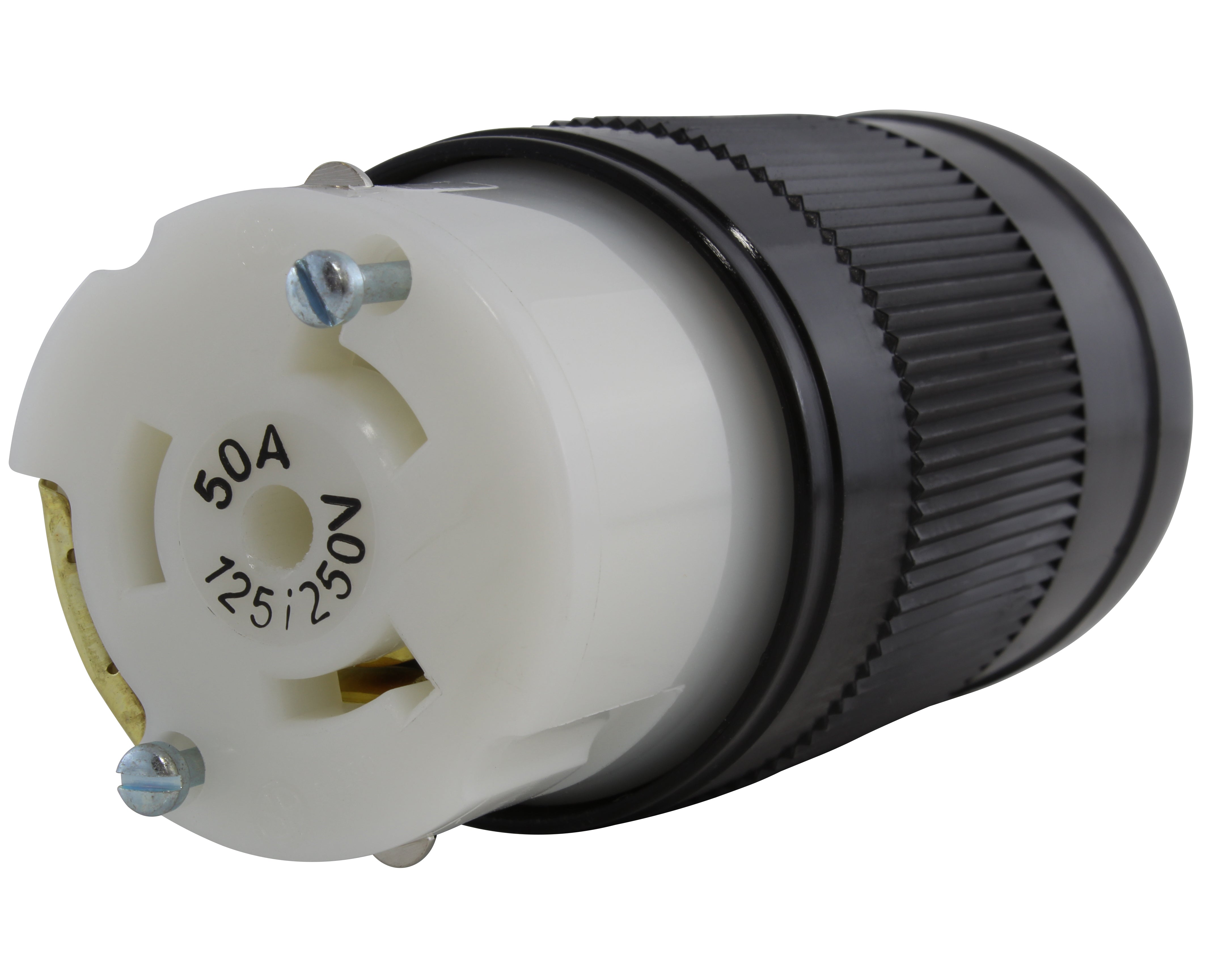
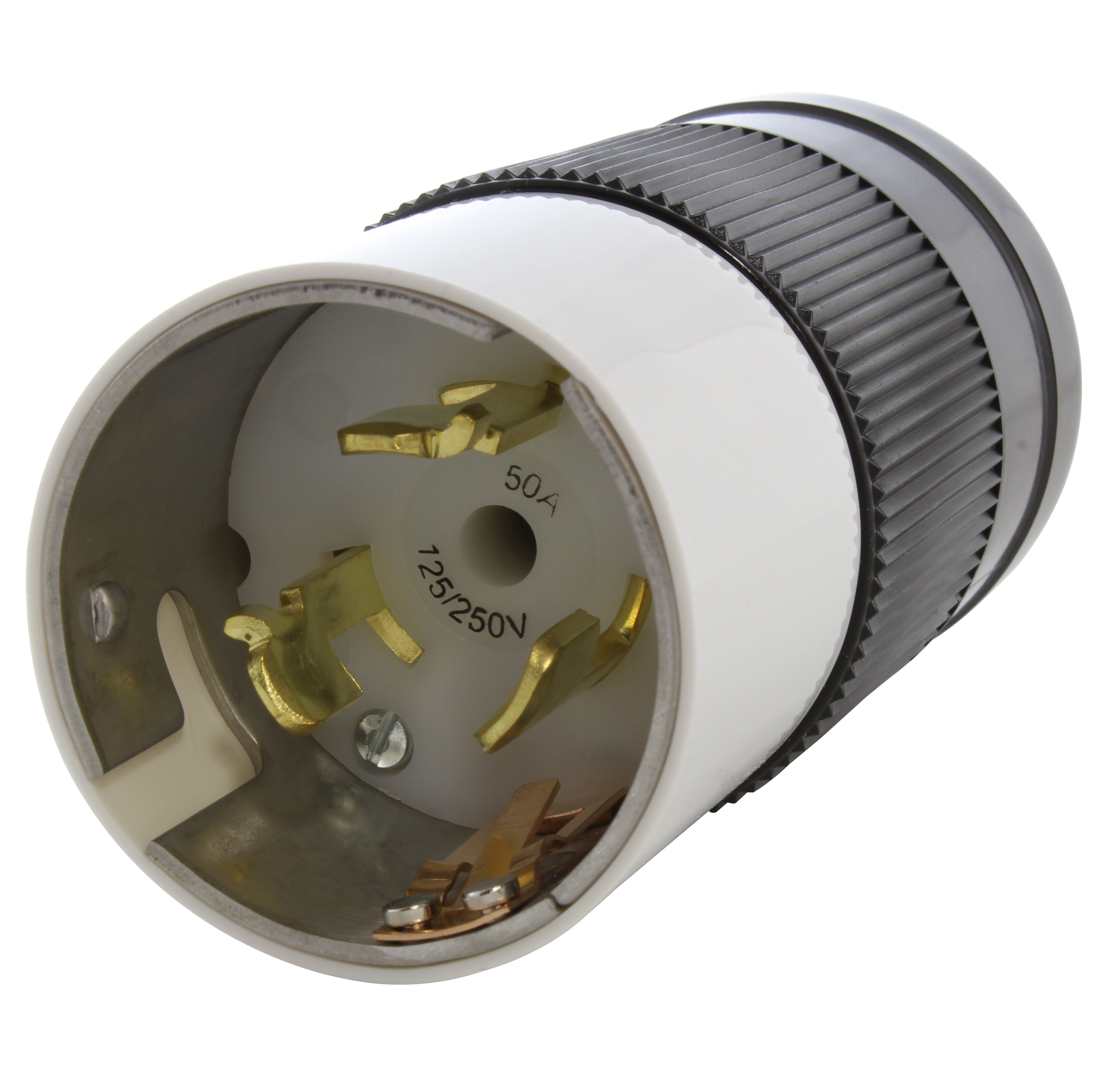
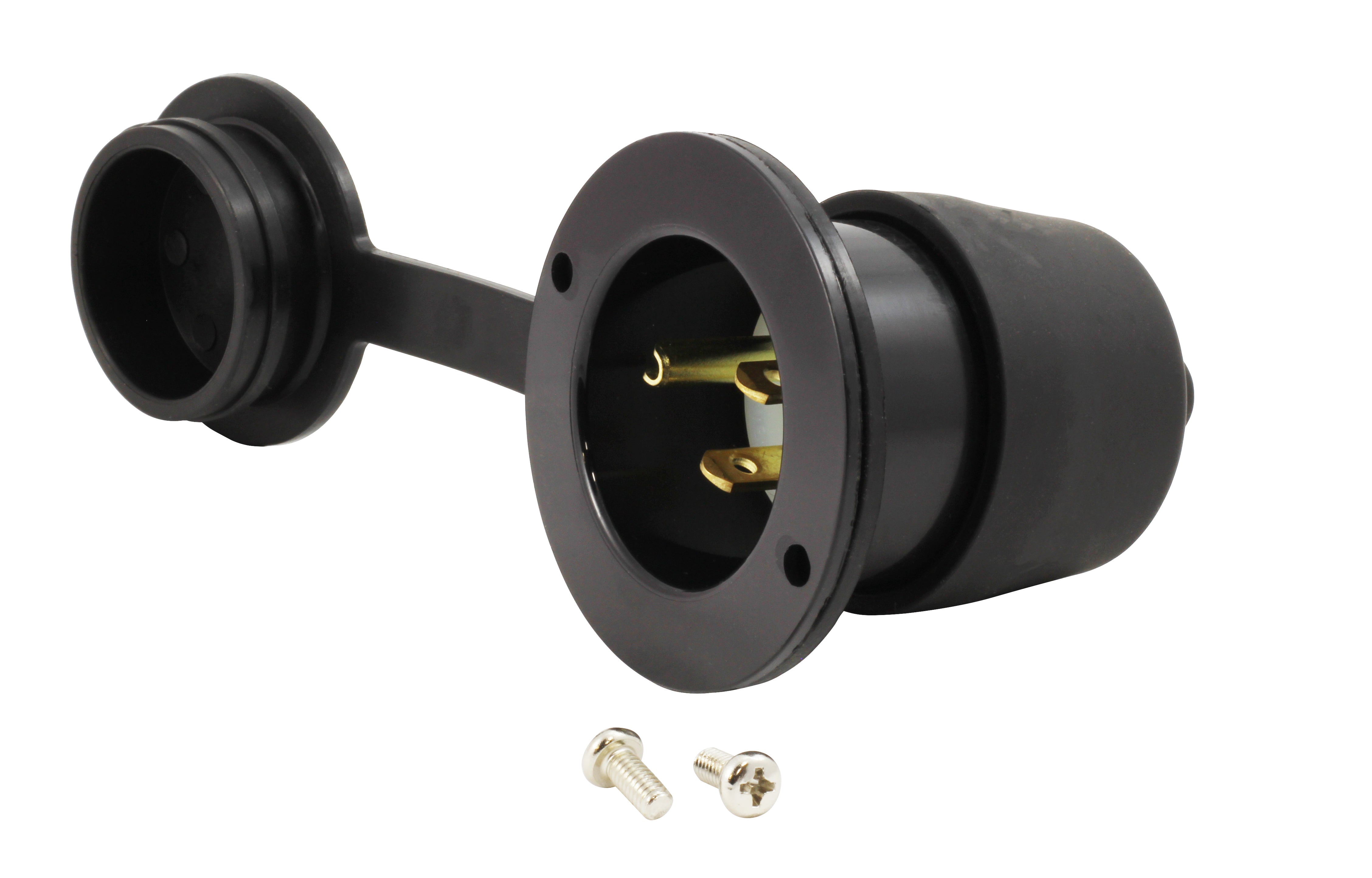

![AC WORKS® [ADV104] 3-Prong Heavy-Duty V-DUO Household Outlet Adapter](http://acworks.com/cdn/shop/products/ADV104-0.jpg?v=1605738768&width=3128)
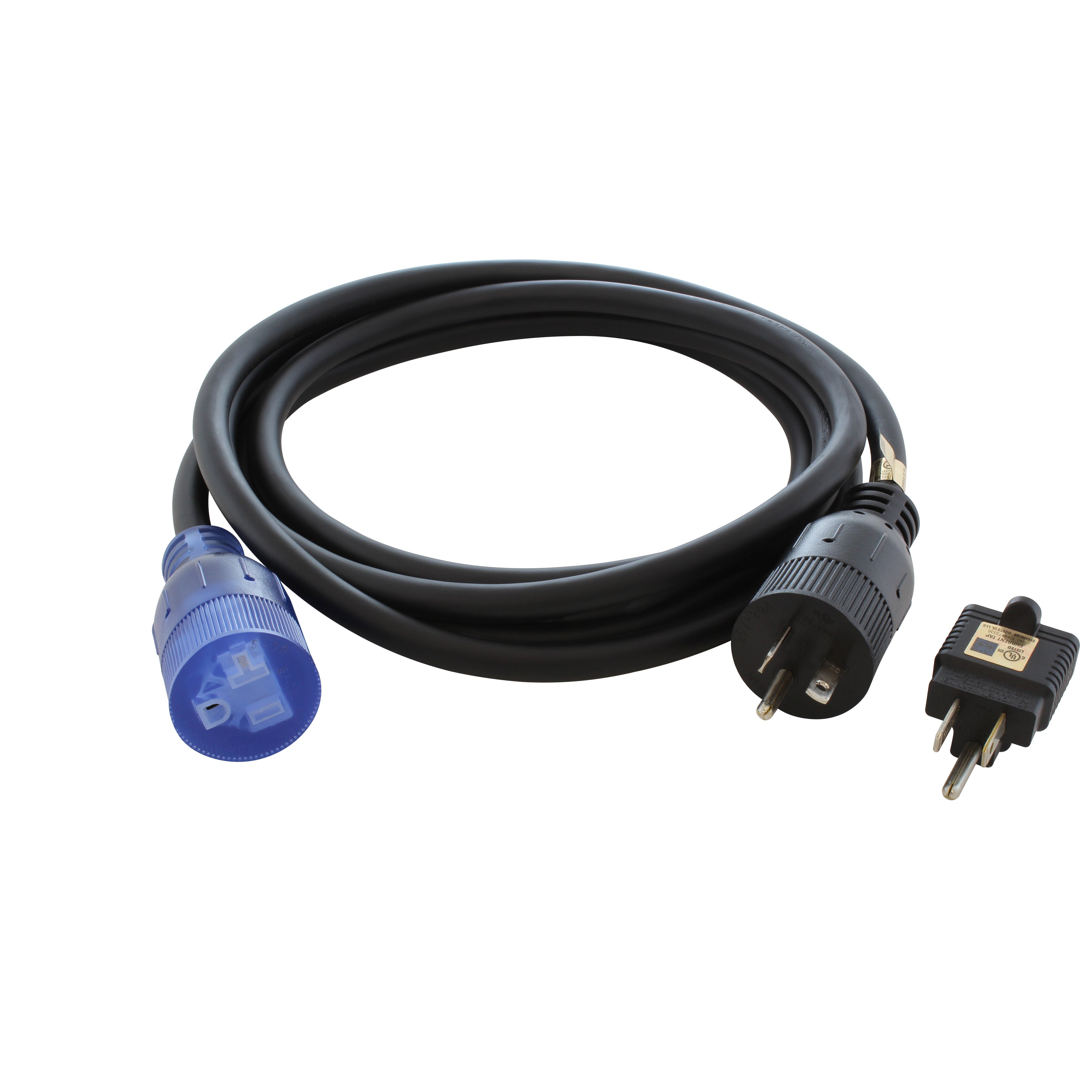
![AC WORKS® [XH515520] 15A to 15/20A 125 Volt Plug Adapter with ETL Safety Approval](http://acworks.com/cdn/shop/files/XH515520-0_daea425a-f439-48df-bb75-052167057f12.jpg?v=1729091519&width=2500)
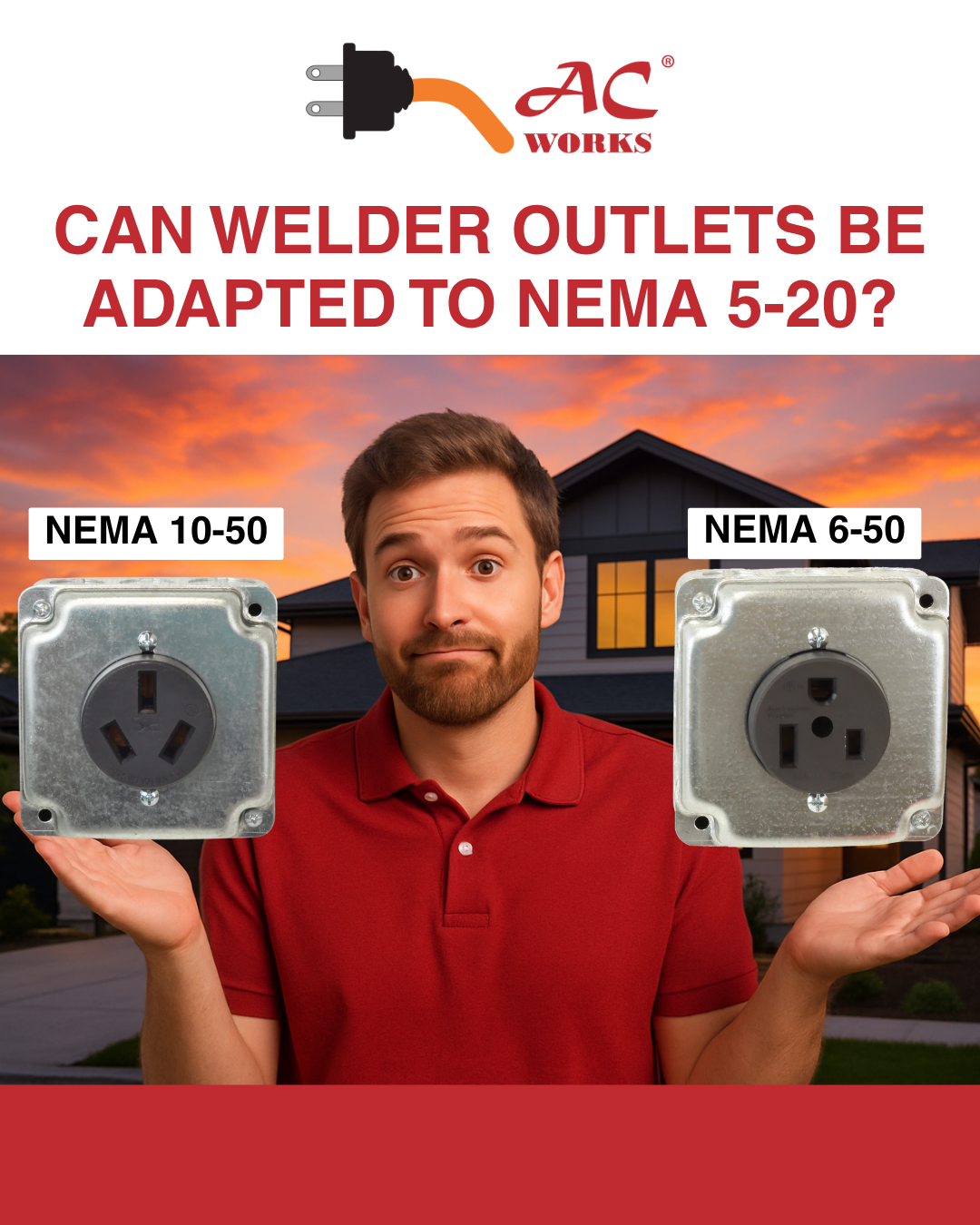

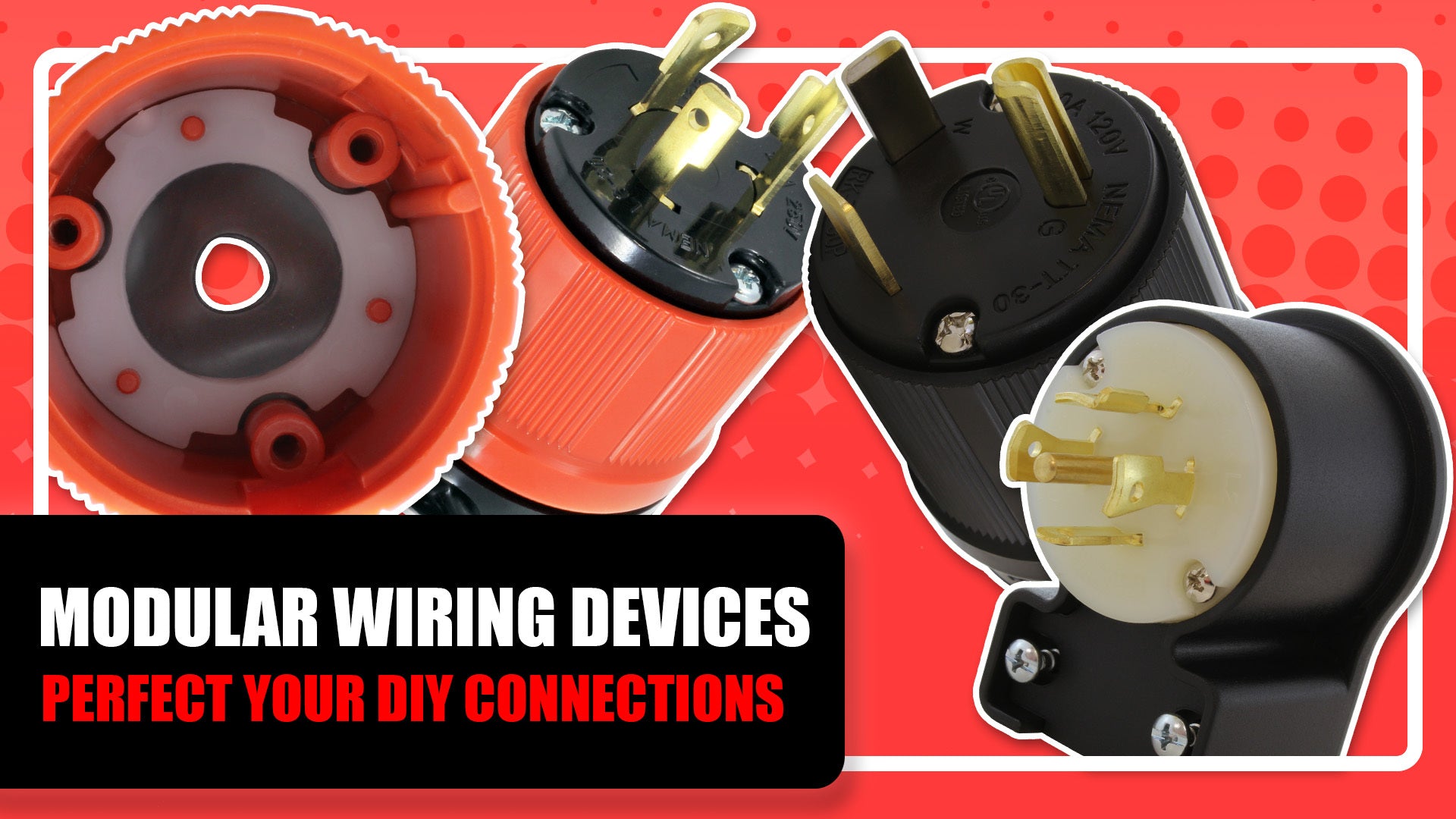
Share:
Differences Between Watts, Amps and Volts Explained
AC Wiring Basics
26 comments
Hello Diana.
The polarization of a plug would have nothing to do with a fan running slow and fast by itself. Polarized plugs exist as a safety feature to prevent hot from being plugged into neutral, and vice-versa. If the fan is running fast and slow, it would most likely be a connection issue. There could be a problem with the wiring or the outlet you are using. The plug could still be the issue, but it’s still best to stick with polarized plugs to avoid more issues. I suggest you get an electrician to double-check and verify what the culprit is.
Can i replace a polarize plug to a non polarize plug my fan goes fast and slow by itself and they told me to replace the plug
Hello Rene.
Two-prong polarized plugs aren’t grounded at all. They have one hot and one neutral. Polarized plugs are safe because of the different sized prongs protecting you from trying to mis-match the hot and neutral connections. Of course, anything grounded is always extra safe.
is a two prong polarized plug just as good as a three prong grounded plug? Is this two prong polarized just as well grounded?
I have a polarized cord on a lighted mirror. I want yo remove the plug and add an angle plug to fit inside a recessed electrical outlet. The replacement plugs I have are non-polarized. Can I put these NP plug one a polarized cord?